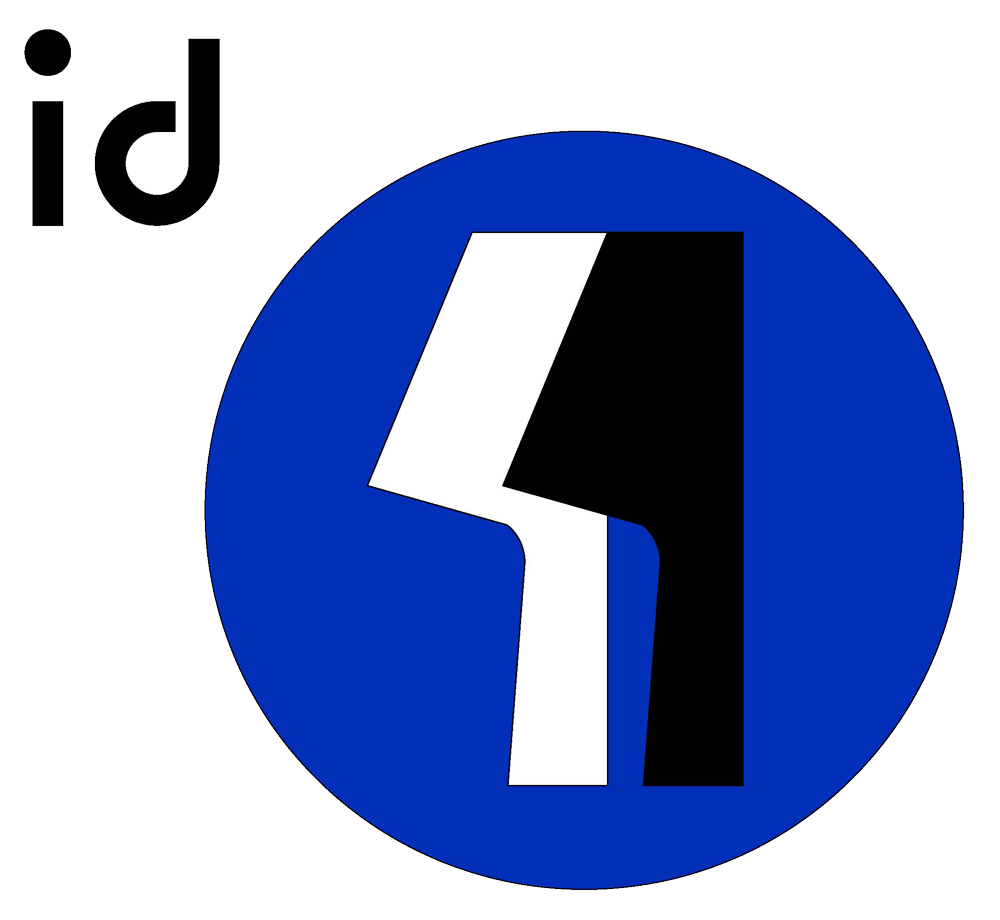A DRIVING FORCE FOR VALUE ENHANCEMENT, INNOVATION AND GROWTH
The use of BIM technology and processes in the construction industry requires a large amount of information, but at the same time it allows the close link between technology, people and processes to be highlighted.
The development of this technology and its increasingly widespread use will make it possible to digitize processes that are currently analog, increasing the possibilities for collaboration between parties, reducing the margin of error while also allowing decisions to be based on relying on many quantities of available data.
The benefits and changes resulting from the use of BIM can only occur if at the same time there are developments in the cultural and process spheres. This leads to greater collaboration among stakeholders and an optimized level of integration between the design, construction and operation phases.
It must be kept in mind that this happens not only at the local level or within individual players, but can radically influence and elevate the entire industry, raising industrialization and efficiency. The relationships between actors who benefit from these technologies are potentially innumerable, not only among those who design, build and then use the built environment, but also nationally, internationally and institutionally.
BIM has the potential to transform relationships among supply chain partners, to create new business models, reduce investment and operating costs, accelerate time to completion, increase efficiency, reduce waste, and implement error-free projects through soft landing techniques and predictive data flow throughout the project life cycle.
BIM AND ITS ADVANTAGES
The impact of BIM should be considered through a broader look, since, as mentioned earlier, its effects are found not only at the local level and in the private sector.
The application of the process affects both individuals and their companies and the entire project from A to Z. The industry itself is affected as the increasing prevalence and demand for its application determines not only individual choices, but the business processes themselves.
The use of accessible, integrated digital technology, which enables all parties to collaborate more closely, reduces timelines and drastically reduces errors as well as provides valuable support for decisions based on objective data, also has as a direct consequence a raise in the profitability of investment with associated cost and time savings.
Of course, it should be considered that initially, as BIM is yes widespread, but not yet a mandatory or considered standard protocol, the volumes of work will be higher. At the same rate, there will be an increasing demand for specialized professionals and specific skills, but these are necessary steps in order for widespread implementation of its use and consequent benefits.
The initial efforts that promote its dissemination and use find their just reward in the words of professionals who already apply this process as they find improvements in the performance of their tasks, better coordination and communication between parties, as well as a significant reduction in errors and thus rework.

BIM IN THE CONSTRUCTION INDUSTRY: EFFICIENCY AND SUSTAINABILITY
The built environment sector is striving to transform itself into an efficient, quality-focused, socially responsible and productive sector that meets current needs and those of future generations. Off-site industrialized construction offers several advantages: faster construction, quality improvement, cost reduction and presence of fewer workers on site.
These technologies are demonstrating that they can effectively address the three dimensions of sustainability: environmental, economic and social.
The selection of design alternatives is also facilitated in the BIM environment. Even in the early stages of the project life cycle, engineering and architectural teams can make decisions based on analysis. Sharing data and information in a model-centered environment enables the working group to seek sustainable design solutions. The information-rich environment provides quick access to metrics such as embodied energy, initial cost estimates, and other quantifiable parameters useful in implementing wise and optimized design choices.
Smart city
BIM is not limited to a single property: it can be used to develop an information-rich model at the city, neighborhood or area level. These models can become the digital foundations of smart cities.
Smart cities have spatial, physical digital, commercial and social dimensions, and professionals in the building environment can contribute to the realization of this concept with information-rich 3D modeling.
BIM AND THE PUBLIC SECTOR: DRIVING FORCE FOR DEVELOPMENT AND INNOVATION
Governments and public procurers throughout Europe and around the world are recognizing the value of BIM as a strategic tool for achieving cost, quality, and policy goals. Many countries are taking proactive steps to encourage the use of BIM in their construction sector, as well as in public contracts and operations to ensure the economic, environmental and social benefits this technology enables.
It is the technology-driven change that is most likely to cause the greatest impact on the construction sector. Not only because it will bring economic and organizational benefits, but also numerous social and environmental benefits that could be achieved in favor of the climate change and resource efficiency agenda.
The advantages of BIM
The economic benefits impacting the public sector are better value for money during the delivery phase and better quality of goods and public services during the use of the built asset. These economic benefits can be aggregated at the national level in order to support increased productivity levels and growth potential.
From the perspective of environmental benefits, BIM can, for example, facilitate more accurate material procurement processes, resulting in reduced waste and squandering, as well as optimized simulation of energy analysis leading to lower consumption by the built environment.
The impact of BIM at the societal level can be translated, for example, into more effective public planning and consultation, allowing for optimization of interventions by going to meet the needs of the community, creating well-designed infrastructure with excellent integration with the artistic, historical and scenic heritage. Even in the public sector, therefore, it emerges how the widespread use of BIM technologies can have significant economic, environmental and social benefits.





